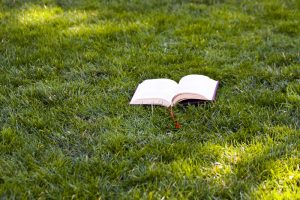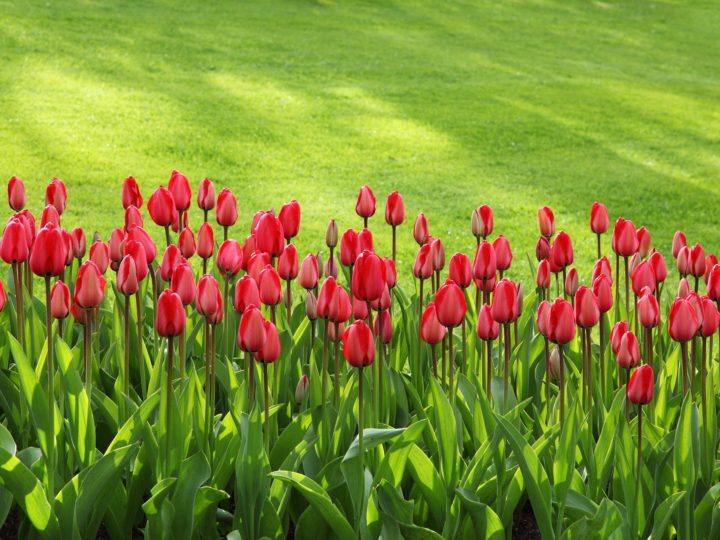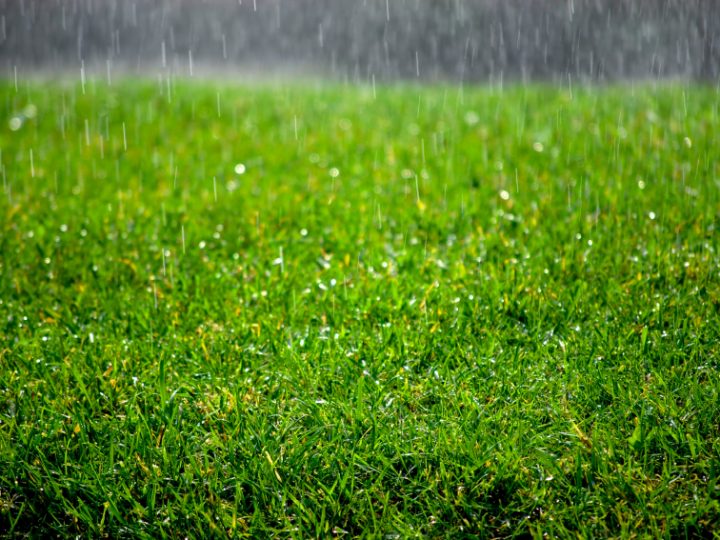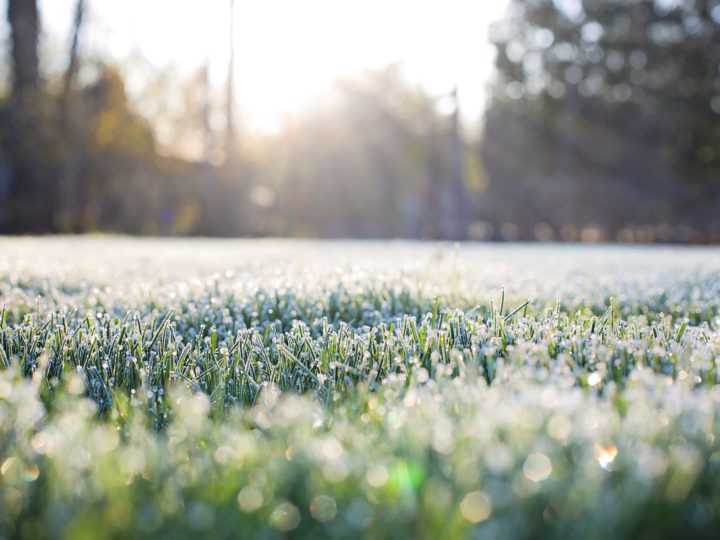Do you know your aeration from your compaction or your ryegrass from your bentgrass? Well, fear not as we break down any lawn technical terms you might come across.

Lawn Jargon Buster
Aeration
In short, aeration helps your lawn to breathe. It’s a way of alleviating compaction and allowing air back into the soil. Loosening the soil, with a garden fork or special shoes helps create gaps between the soil particles allowing air to penetrate the surface and reach plant roots. This will help your grass lawn grow strong and healthy. You can read our full article on lawn aeration here.
Compaction
Soil compaction can cause big problems for your lawn. Compacted soil can be caused by overuse and poor drainage. You can reduce compaction by using deeper rooting grass species, or by frequent aeration. Most common in the winter, when the ground is damper. You can tell if your lawn is suffering from compaction because it will feel hard, and drain slowly. You can read our guide on how to deal with lawn compaction here.
Fertiliser
Quite an easy one, actually. Fertiliser helps your lawn to grow strong and green. But there are many different types so it can be a bit daunting when you explore the range. Preseeding fertilisers, such as Growmore, are used before you sow lawn seed. Feed fertilisers such as Green Up are used on existing lawns throughout the spring, summer, and autumn. Lawn UK has a useful guide you can read on the different types of fertilisers, available here.
Grass Seed
There are hundreds of grass seeds available these days, but the basic product needn’t be complicated. You should have a basic understanding of what makes up grass seed mixtures so that you can choose the right ones. Good quality grass seeds are a blend of different species and varieties. In general, ryegrass based grass seed mixtures tend to be faster to grow and more hardwearing. Fescue based mixtures you will find have a finer leaf, therefore are more visually attractive, but are not quite as durable. Don’t forget to read our handy article here about choosing the right grass seed mixture.
Molehills
 Often seen as the lawn owners arch-enemy, molehills are a common sight in lawns up and down the UK. They’re caused by moles digging their burrows forcing their excavated soil upwards. Unfortunately, controlling them can pose a few challenges, especially given that many mole repellents are proven not to be terribly effective. In our experience, trapping moles is the most reliable solution to a very common problem. Read our article about moles here.
Often seen as the lawn owners arch-enemy, molehills are a common sight in lawns up and down the UK. They’re caused by moles digging their burrows forcing their excavated soil upwards. Unfortunately, controlling them can pose a few challenges, especially given that many mole repellents are proven not to be terribly effective. In our experience, trapping moles is the most reliable solution to a very common problem. Read our article about moles here.
Moss
You may often find moss in lawns, particularly in wetter months or lawns that have poorly draining soil. Moss can be easily controlled by using sulfate of iron to kill off the moss without damaging the lawn. Next, you will need to rake out the dead moss and look at overseeding your lawn to try and prevent any moss re-establishing. Don’t forget to read this article about moss in your lawn.
Overseeding
One of the most commonly used words when it comes to seeding a lawn – overseeding is the process of sprucing up an existing lawn by adding more grass seed. Usually done in the Autumn, overseeding is a highly effective way to improve your lawn without spending too much on new turf or a new seeding project. Lawn UK has many guides on overseeding that you can read, this one is our favorite.
Pests
Another simple one, pests are generally referred to as insects or animals that can damage your lawn. Everything from moles (which we’ve talked about above) to greenfly, it’s important not to eliminate all wildlife from your lawn, but to at least manage it. You can read here about alternative ways to manage pests in your lawn that doesn’t harm wildlife or pets.
Rolling
Most commonly seen when establishing a new lawn, you can find that rolling a seedbed helps create a smooth finish without lumps and bumps. Best done with a pull-along roller, when the soil is dry, rolling before and after sowing grass seed ensures not only a lump-free lawn but better germination for your new grass seed. Read our guide to rolling here.
Scarifying
Scrafying is simply the mechanical removal of dead material from your lawn. Sometimes, you will find that wet weather can cause moss, which causes a build up of dead grass matter in your lawn. If left, this can rot and hinder the growth of remaining grass, causing serious damage to your lawn. Scarifying then is hugely beneficial and can be done using a special machine, or a cylinder mower with the scarifying header. Read more about what scarifying is here and why it’s beneficial.
Thatch
A layer of dead organic matter which can build up over time, particularly during dry periods. It’s important to periodically remove thatch from your lawn in order to maintain a full, thick and healthy turf. We have a guide here about how to prevent and remove thatch in your lawn.




